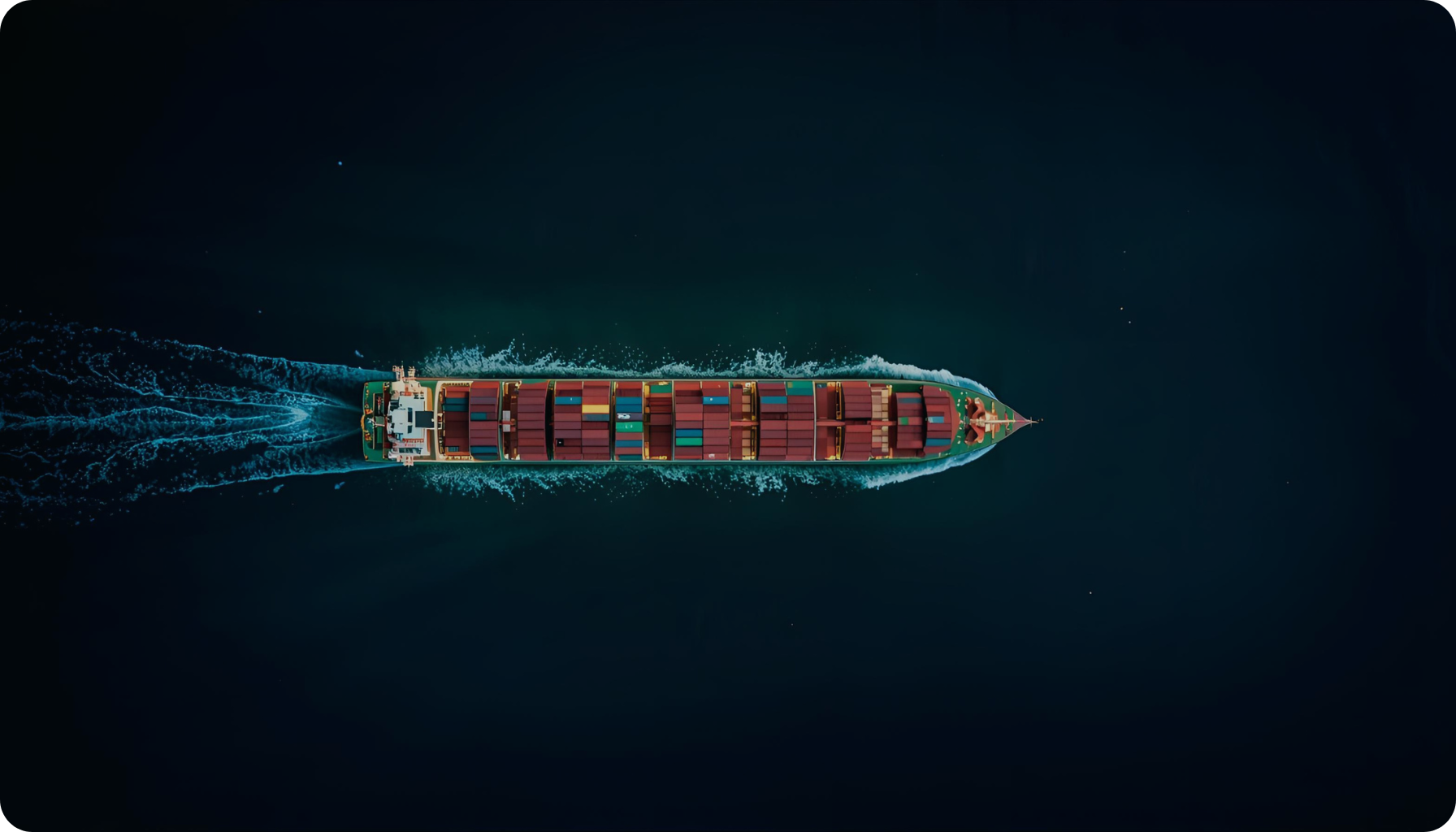Rethinking the Operating System of Global Shipping

For decades, international trade has run on the same digital foundation. But what worked in the late 1990s is now creaking under the weight of a supply chain landscape that looks nothing like the one those systems were built for.
How We Got Here
The 1990s were a golden era for globalization. Trade volumes grew at more than twice the rate of GDP, reshaping business models and opening new markets at record speed. Traditional logistics processes—phone calls, faxes, spreadsheets—simply couldn’t keep pace.
This pressure created a new category: the Transport Management System (TMS). SAP pioneered the model, embedding logistics into the broader ERP suite. Oracle quickly followed, and by the early 2000s a new industry standard was set.
The Implementation Super Cycle
Between 2005 and 2015, global businesses undertook what can only be described as a super cycle of TMS deployments. The drivers were clear:
- Global complexity: Manufacturing spanned multiple continents.
- Customer expectations: Faster, more transparent delivery became non-negotiable.
- Regulation: Governments demanded better tracking and compliance.
- Cost pressure: Volatile fuel prices forced optimization at every turn.
By the end of this decade, TMS was no longer optional. The handful of platforms that emerged as global leaders became the brain of international trade, orchestrating millions of shipments and billions in freight spend.
Built for a Simpler World
Here’s the problem: these systems were designed for a very different reality.
In the 1990s, “Asian exports” meant cars and electronics from Japan, textiles from Hong Kong, maybe some low-cost manufacturing from emerging markets. The trade lanes were predictable. The supplier networks were limited. The product categories were narrow.
Fast forward to today, and the picture has completely changed. Consider just a few examples:
- Electronics assembled from components sourced across dozens of suppliers.
- Fast fashion that resets product lines every week.
- Direct-to-consumer goods bypassing wholesalers and retailers entirely.
- Specialized industrial parts moving in just-in-time cycles.
- Biotech products and artisanal goods requiring tailored handling and compliance.
What used to be a few hundred suppliers is now hundreds of thousands. E-commerce has redrawn fulfillment networks. Sustainability mandates add tracking and reporting layers. Geopolitical risk requires resilience planning in every sourcing decision.
The Perfect Storm of Transformation
The industry has reached an inflection point where multiple forces are converging:
1. A Natural Upgrade Cycle
Many of the TMS platforms deployed in the 2005–2015 boom are now outdated—technologically and functionally.
2. The SaaS Maturity Curve
Enterprise software has evolved dramatically. Cloud-native architectures, microservices, and AI-first design enable agility the 1990s architects could never have imagined.
3. The API + AI Revolution
- API integration allows real-time connectivity with carriers, brokers, and partners worldwide.
- AI-powered optimization predicts delays, automates decision-making, and balances cost, speed, and sustainability.
- Intelligent automation reduces manual workloads from hours to seconds.
- API integration allows real-time connectivity with carriers, brokers, and partners worldwide.
4. The Market Signal
Forward-looking shippers now view technology as a source of:
- Competitive advantage, through superior customer experience.
- Resilience, by adapting quickly to disruption.
- Sustainability gains, via optimized networks and CO₂ tracking.
- Strategic decision-making, grounded in real-time data and analytics.
The Next Generation of TMS
What comes next won’t be an incremental upgrade. It will be a complete re-architecture for a world defined by:
- Always-on visibility and tracking across every shipment.
- Dynamic global trade flows that shift overnight.
- AI-augmented planning, turning raw data into instant decisions.
From fragmented tools to one operating system. Replace spreadsheets and siloed portals with API and AI-driven workflows across your network.
See it in action Book a call with our team.
Stop Managing Logistics ChaosStart Orchestrating Success
The companies winning in logistics aren’t just moving faster, they’re moving smarter. They have complete visibility into their operations. They make decisions based on real data, not gut feelings. They prevent problems instead of reacting to them.They’re using Ship Angel.
See how Ship Angel transforms your logistics operations in a 30-minute personalized demo. No generic presentations. Just your data, your challenges, your solutions.
Subscribe To Our Newsletter
Request A Customized Demo
See the Ship Angel Platform in action, and discover how it can be streamlined to your shipping processes delivering improved efficiency.



